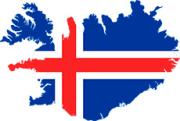Date: 22 May 2025
Time: 14:00 - 15:00
The participants in the panel encompass a diverse group of experts who will share their insights on how dairy can contribute to both human health and environmental sustainability.
Keynote
Anna Samuelsson, Vice Chairman / farmer - Växa Sverige / Kalset Mjölk
Søren Steen Jensen, Vice President - Arla Foods, Sweden
Carsten Juhl Jessen, Senior Director – GEA Liquid Technologies
Gine Wang Reese; EVP Communications, Public Affairs and Owner Organization - Tine
Moderator: Margrét Gísladóttir, Managing Director - Icelandic Agricultural Business Association
Abstracts

Breeding – a valuable key to unlock sustainable milk production
Milk quality can mean different things depending on who you ask. As a dairy farmer, milk quality often revolves around good health and high levels of fat and protein.An increasingly important aspect of milk quality is sustainability. Excellent animal welfare has long been a hallmark of Nordic milk production. Thanks to highly productive cows and resource efficiency, we can confidently claim that Nordic milk production is the most climate-efficient in the world. Achieving climate-efficient milk production requires focus on resource efficiency. On my farm, we work hard to optimize resource use through investments in areas like animal environments, feed efficiency, and biogas.However, consumers expect the dairy industry to do its utmost to reduce the negative climate impact associated with food production. Significant initiatives are underway to reduce cows' genetic predisposition to produce methane through breeding. Researchers believe we could reduce methane emissions from cows by up to 30% in the long term through dedicated and systematic breeding programs. If we want to still claim that we have the world’s most climate-efficient milk production, we must get on board with this effort! But to achieve this, collaboration between dairies, breeding companies, and farmers is essential.When the author makes breeding plans, they are based on breeding indices to select the genetically best animals. In these breeding indices, animals are ranked based on their potential to generate income on the farm. For breeding efforts to succeed, methane-efficient cows must also offer better profitability at the farm level.As a farmer and representative of Nordic breeding efforts, the author would like to invite dairy companies and the dairy society to a constructive dialogue on how we can work together to ensure that Nordic milk production, through breeding, continues to be the most climate-efficient in the world.
Anna Samuelsson, Vice Chairman / farmer - Växa Sverige / Kalset Mjölk
Animal Science and practical farming.

Global reach – local roots. A key to success in a world of uncertainty
In times of geopolitical, economic, and environmental uncertainty, food security has returned to the agenda across the Nordic countries. As a cross-border dairy cooperative operating in seven countries, Arla Foods believes future food systems must be both globally interconnected and locally rooted.While national strategies like infrastructure resilience, stockpiling, and food self-sufficiency risk becoming inward-looking, we must also recognize our global interdependence and the value of cross-border collaboration. Dairy is a prime example: milk production is inherently local, tied to land and community, but global trade is essential for meeting worldwide nutritional needs. Global food security begins with ensuring local farmers can produce and process milk sustainably.In Sweden, where food security is central to civil defence, Arla has emphasized that food systems in crisis are only as strong as in peacetime. Strengthening conditions and competitiveness for farmers must be the top priority—an approach now reflected in Sweden’s updated national food strategy.Environmental challenges are similarly global in scope but local in action. Soil health, water quality, biodiversity and emissions depend on local conditions. Arla’s FarmAhead program therefor supports farmers with local data and rewards for measurable outcomes, empowering them to act based on their own expertise.Ultimately, the dairy sector’s strength lies in the knowledge and resilience of its local farmers. To unlock the power of dairy, we must start from the ground up.Unfortunately, we do not have permission to share this presentation
Søren Steen Jensen, Vice President - Arla Foods, Sweden

GEA's Mission 30: Pioneering Sustainable Growth and Global Impact
GEA's strategic vision, "Mission 30," focuses on driving sustainable, customer-centric growth, innovation, and profitability by 2030. Building on the success of the "Mission 26" growth strategy—achieved two years ahead of schedule—sustainability remains a core priority. GEA aims to generate over 60% of its revenue from sustainable solutions, including decarbonized production processes and net-zero solutions. Enhanced digitalization efforts will support these goals by expanding cloud-connected machinery and boosting digital services. With a strong emphasis on resource-efficient innovations and expanding service capabilities, GEA is committed to "Engineering for a better world" and ensuring long-term industry leadership.Unfortunately, we do not have permission to share this presentation
Carsten Juhl Jessen, Senior Director – GEA Liquid Technologies
M.Sc. Dairy Science & Technology
HD - Graduate Diploma in Business Administration - International Trade
Dairy Powders & Ingredients, Infant Formula and Food Ingredients Powders

Carbon is the new currency
To accelerate the transition to a low-carbon society and decarbonize our operations and supply chain, carbon must become the new currency and an integral part of strategies and product value propositions. The presentation will share how Novonesis approaches working internally and with customers and suppliers.The company has different programs and methods in place to support the dialogues and the transition:Climate program with scope 1+2+3 accounts, climate targets, climate transition plan and supplier engagement programStrong competences and concepts to support handprint calculations showing the benefits of our productsAutomated product carbon footprint calculationsNovonesis has an extensive setup around bringing sustainability into the value proposition of our products and the way we work and think exemplified by the three elements mentioned above. Helping each other to transition is a must and providing carbon data as part of the product value proposition is the new currency that needs to be communicated to customers as natural as the economic price.As a global biosolutions powerhouse born out of two strong companies both recognised as sustainability leaders, Novonesis aspires to better our world with biology. The company believes that their products deliver a positive impact enabling healthier living and a healthier planet. At the same time, they are committed to Science Based Targets and driving down the company carbon footprint and the GHG emissions from our own operations and supply chain.Unfortunately, we do not have permission to share this presentation
Rune Jørgensen, Head of Sustainability Analytics, Novonesis

Cultivating tomorrow together
In a time marked by climate change, unstable geopolitical conditions and changing conditions for food production in several parts of the world, unlocking the power of dairy by maximizing the use of our grass resources unsuitable for human food production has become increasingly critical. Dairy farming, particularly in Norway, plays a key role in ensuring food security, promoting self-sufficiency, and supporting rural livelihoods across the country. Each Norwegian dairy farm generates employment for an average of 2.5 people outside the farm, and milk production contributes significantly to preserving biodiversity, maintaining cultural landscapes, and reducing environmental impact. Norway’s political ambition to improve self-sufficiency underscores the importance of sustaining farming across all regions, especially the north.In TINE we have decided to lift healthy food and healthy people right to the top in our new sustainability strategy just launched. We need toget better recognition that dairy is more than the sum of its nutrients. The strong power of the complex dairy matrix is now getting increasingly more positive attention. It is important for TINE to support research in this field as there are so many exciting health effects of dairy yet to be discovered. There is more potential in fermented dairy products like cheese to be unlocked. Recent research has linked daily consumption of Jarlsberg® to improved bone health due to its high vitamin K2 content, offering a natural approach to reducing osteoporosis risk. As osteoporosis ranks among the top global health concerns, such findings highlight the untapped potential of dairy in preventive health. TINE's new sustainability strategy prioritizes healthy food from sustainable raw materials. Through partnerships with health authorities and active involvement in shaping dietary guidelines, TINE advocates continuously for dairy’s role in a healthy and balanced Norwegian diet.Unfortunately, we do not have permission to share this presentation
Gine Wang Reese; EVP Communications, Public Affairs and Owner Organization - Tine

Panel Debate
Moderator: Margrét Gísladóttir, Managing Director - Icelandic Agricultural Business Association







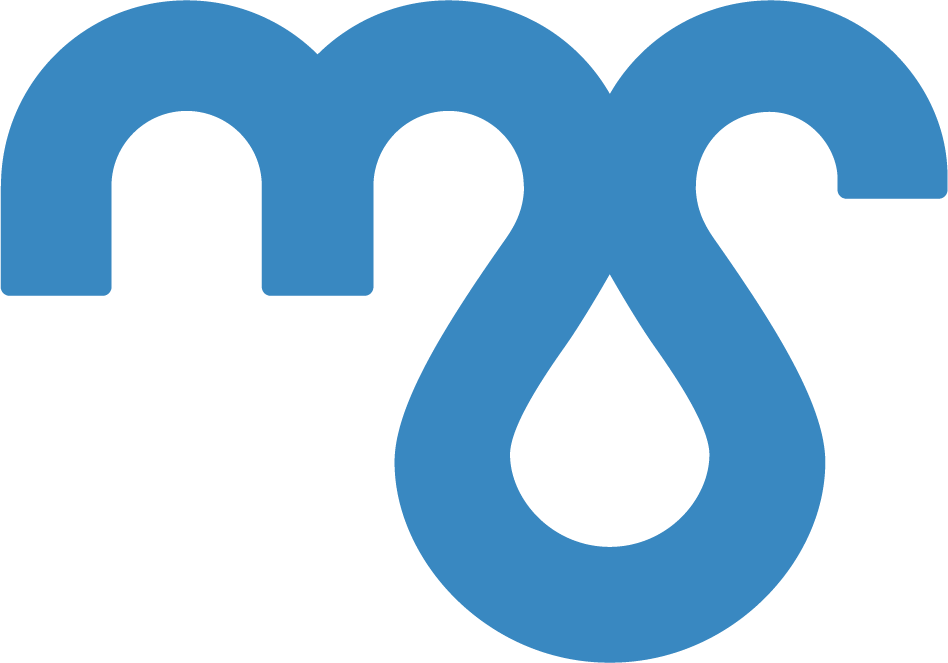

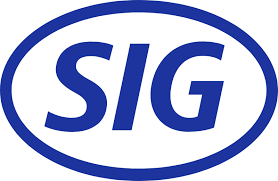



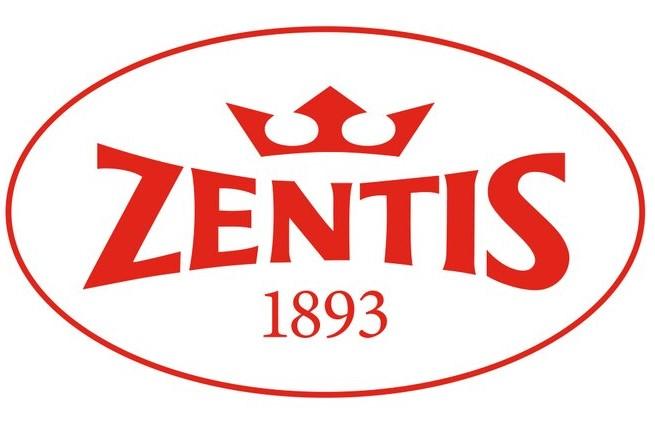
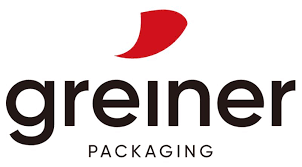
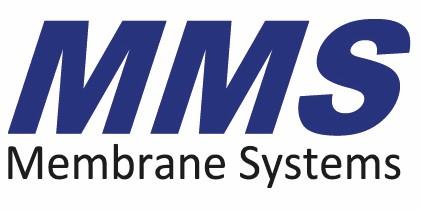


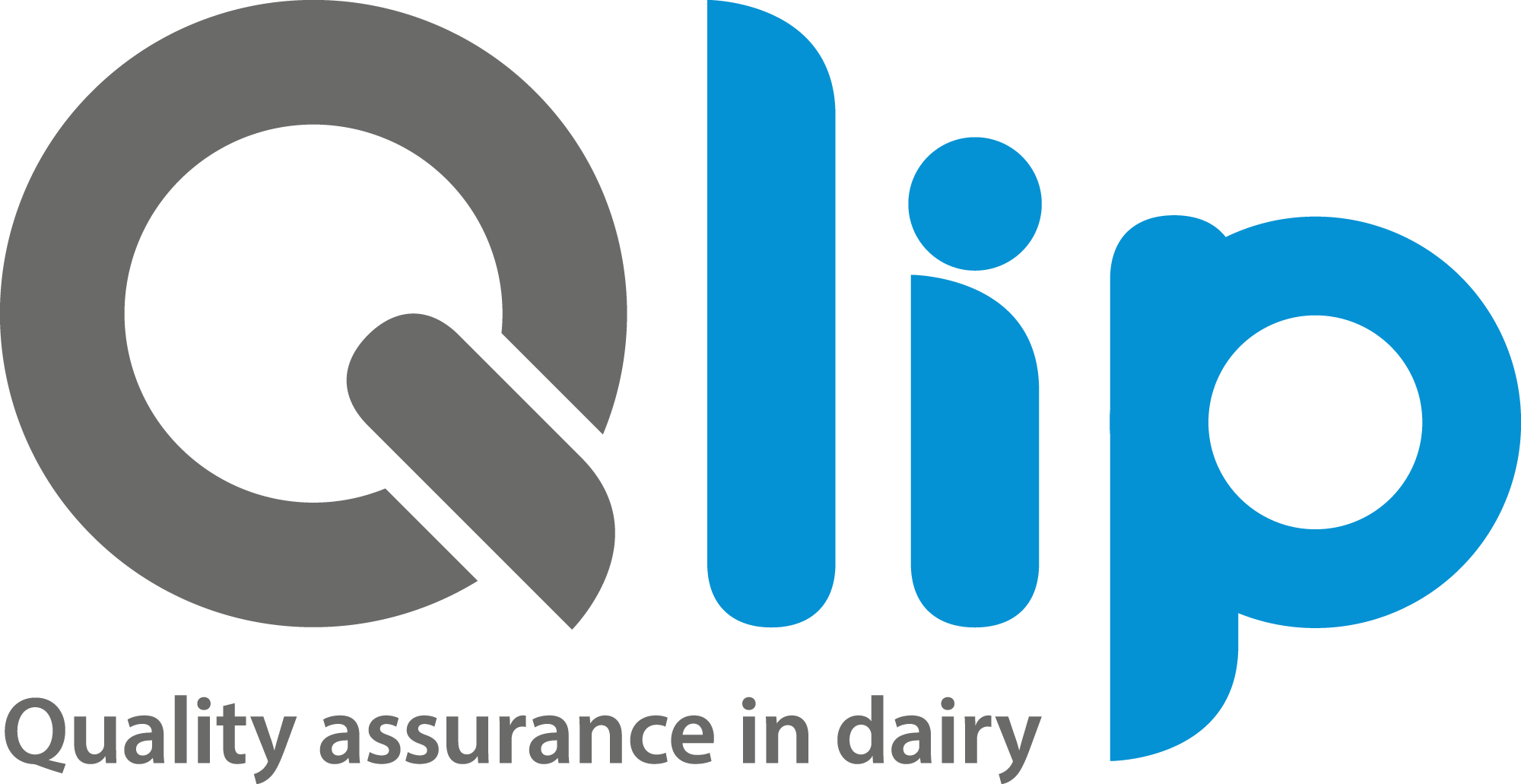
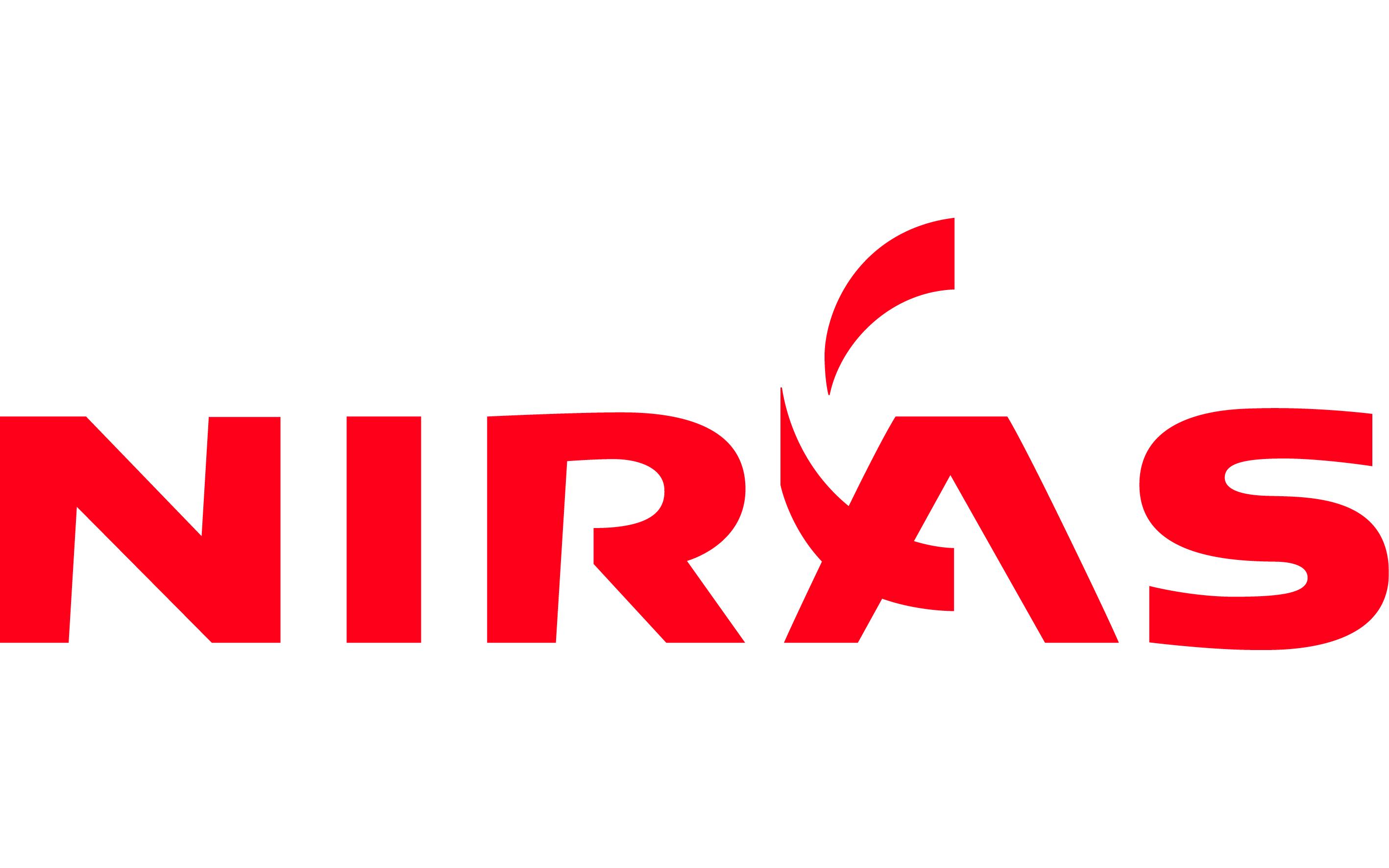
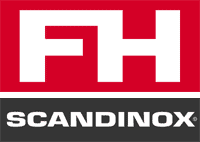

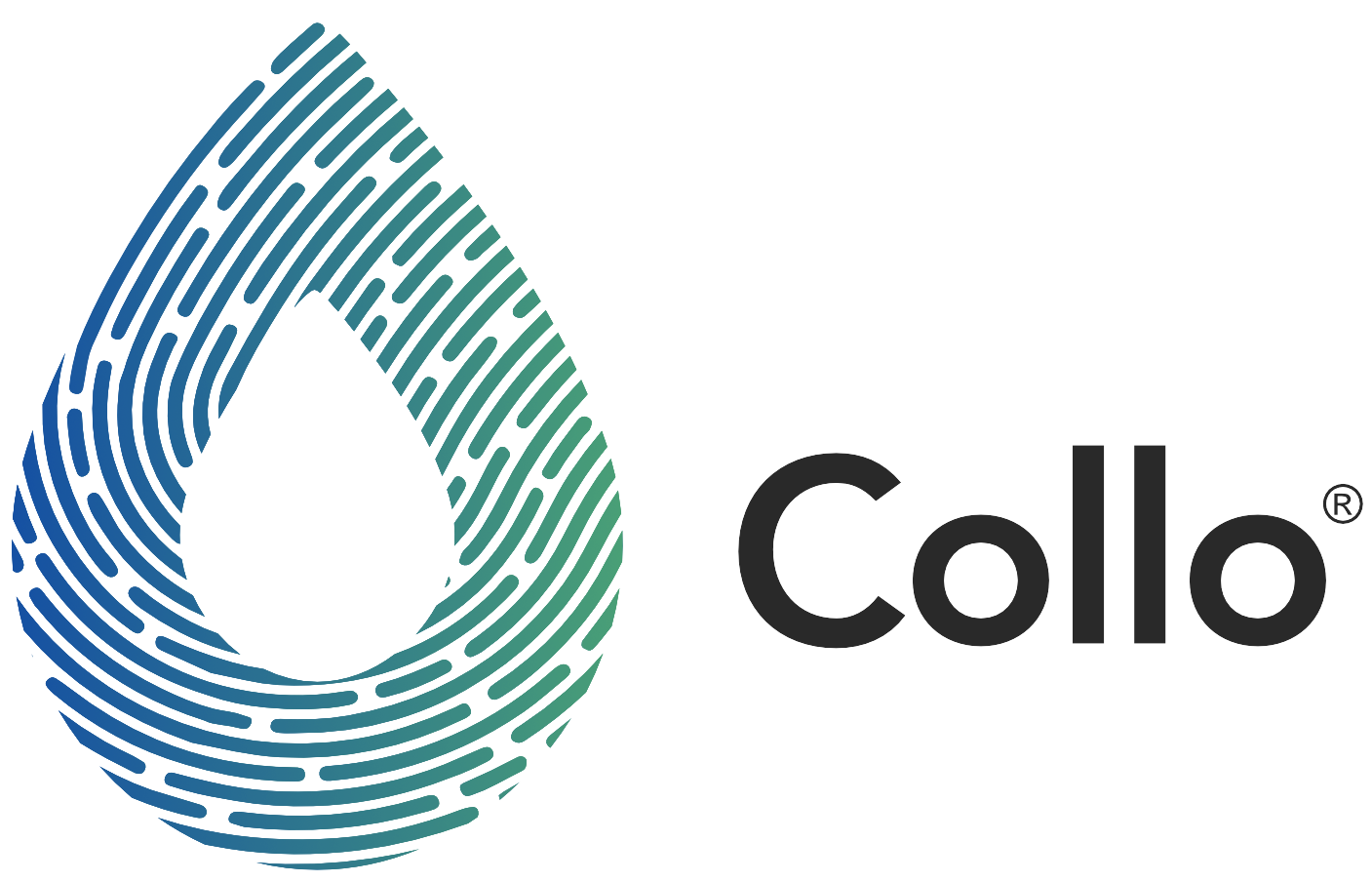
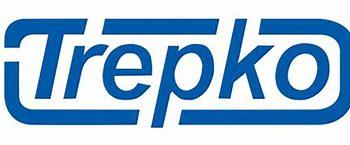




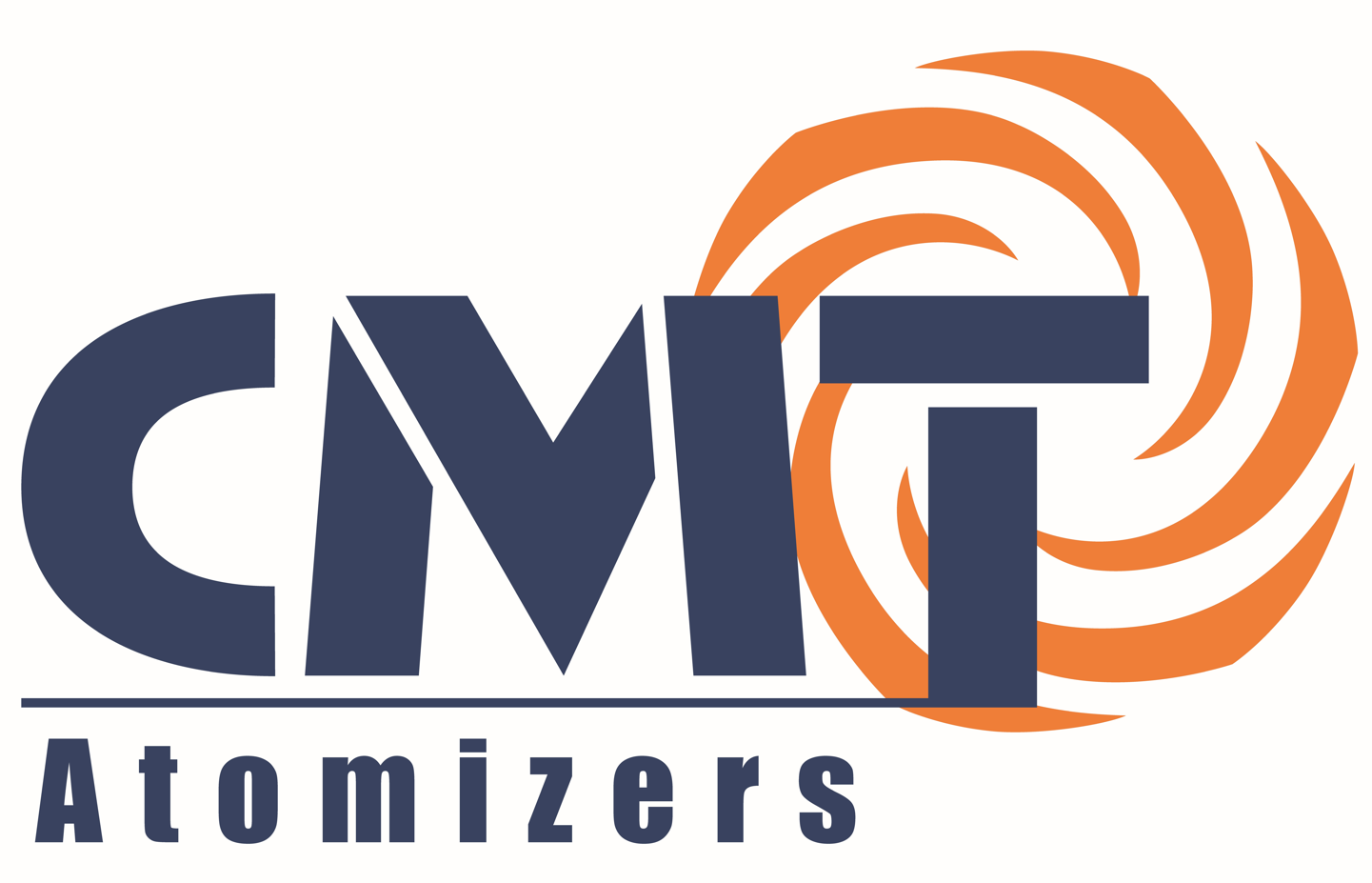
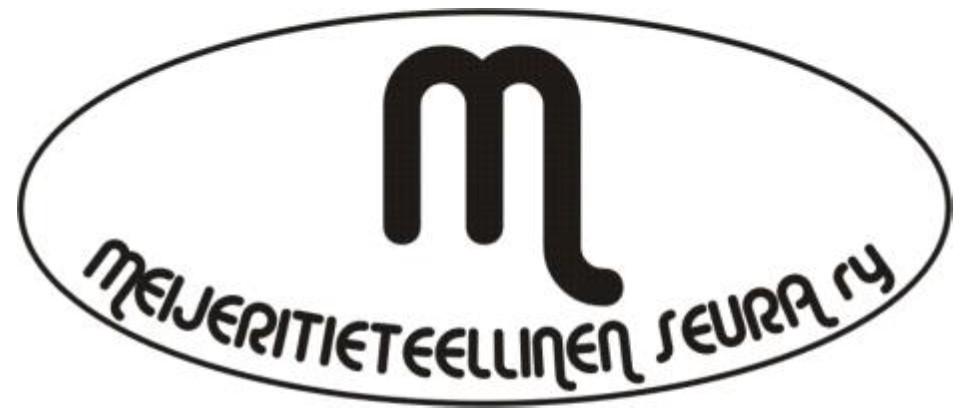
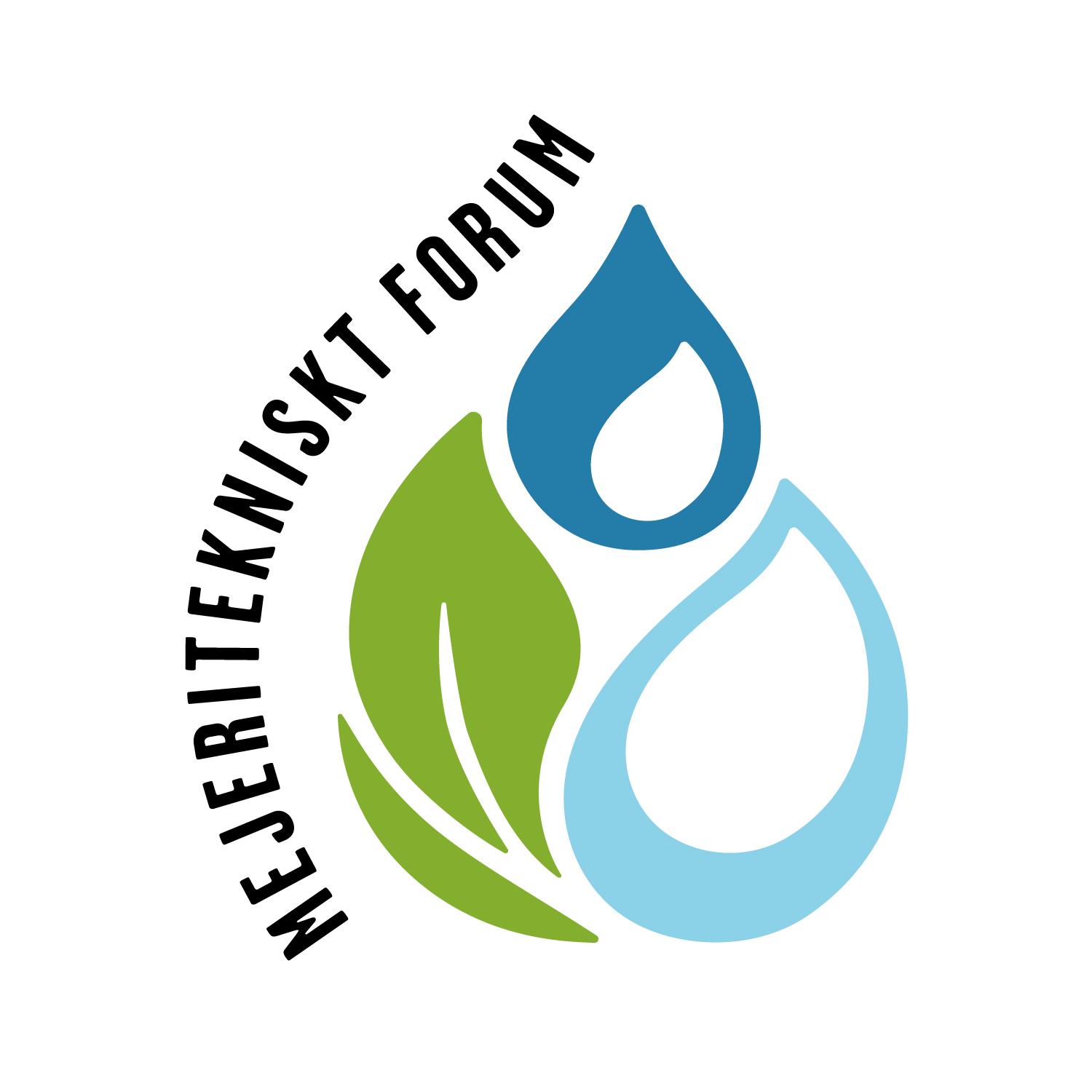
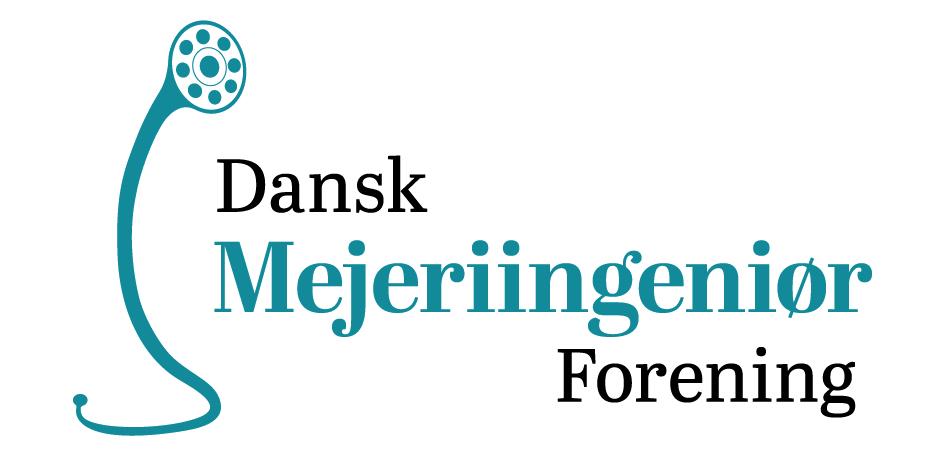
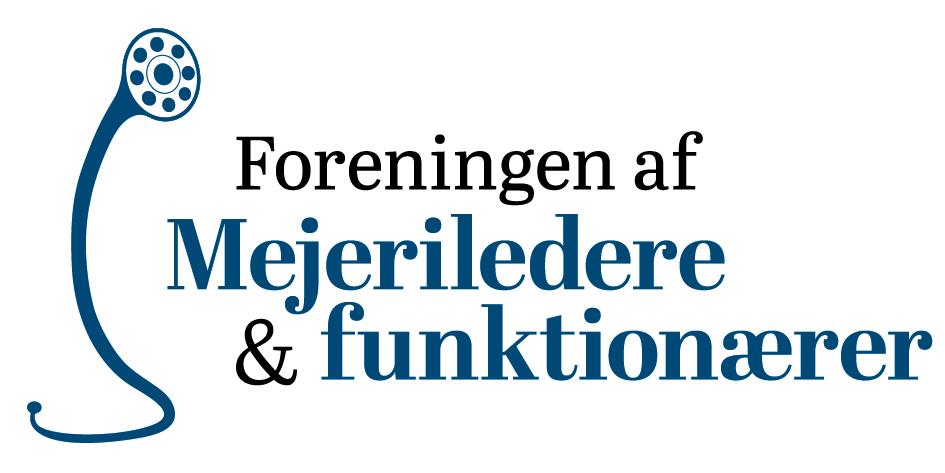



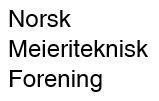
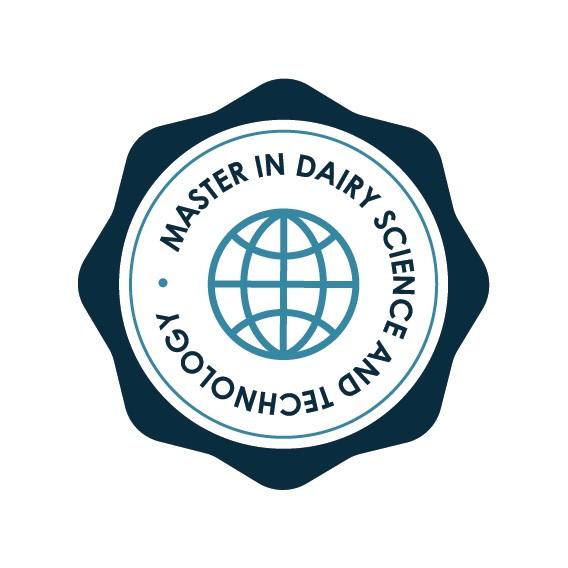
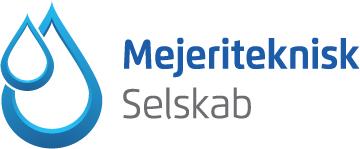



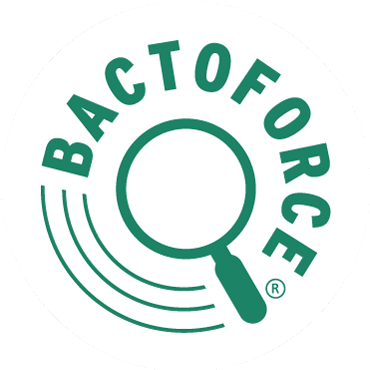

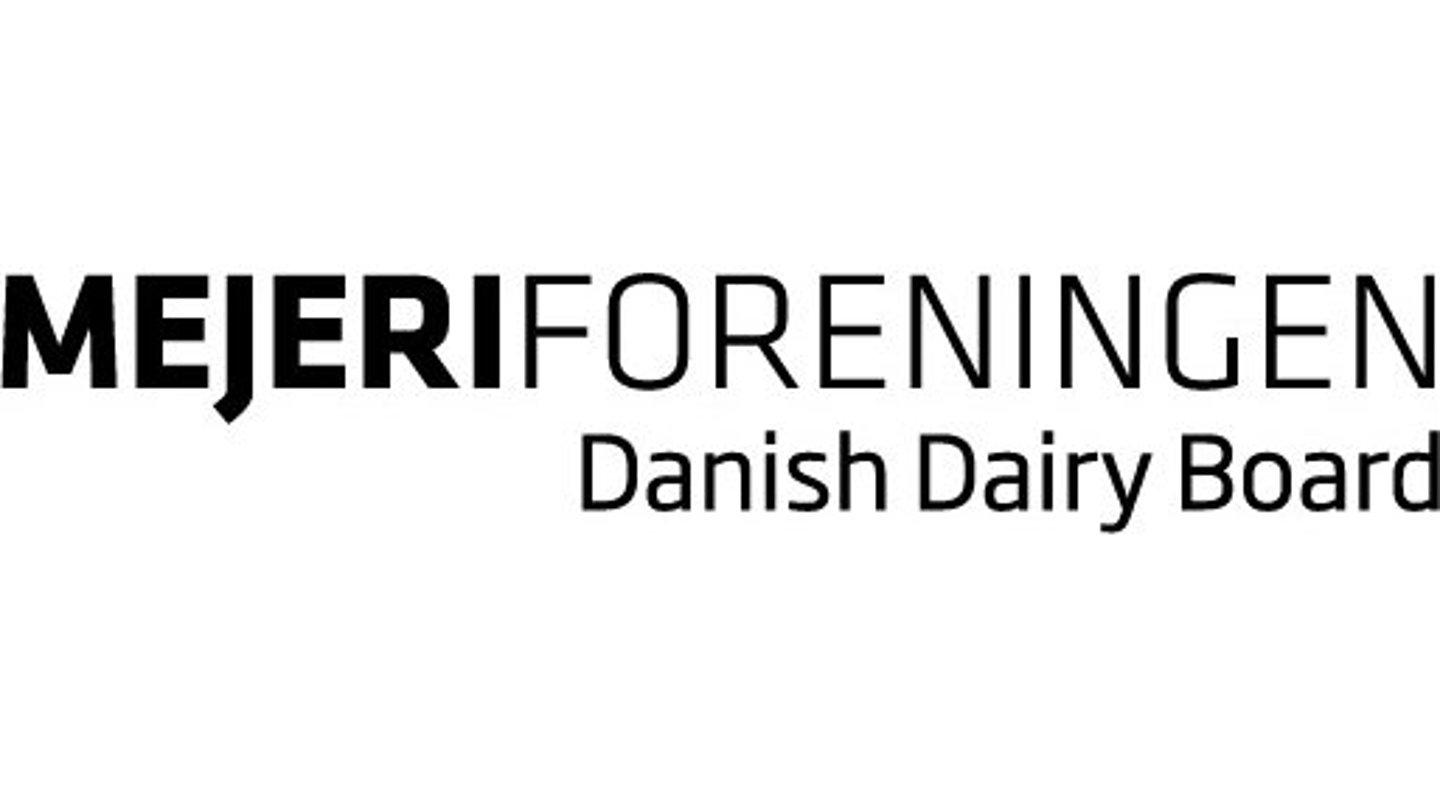
 Munkehatten 28
Munkehatten 28